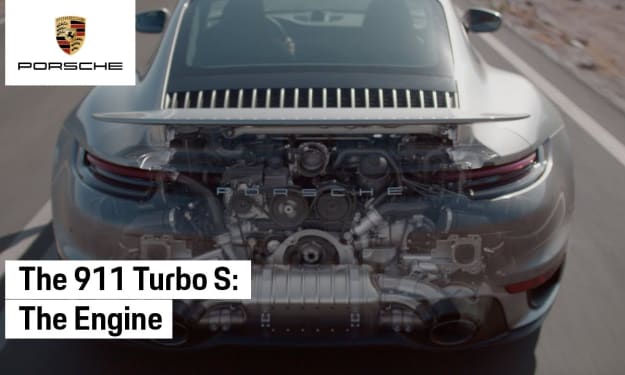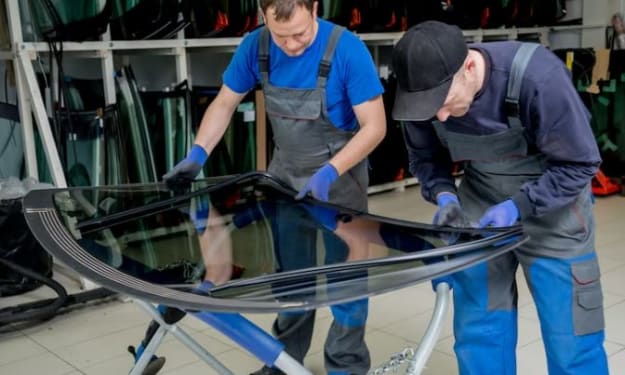History of first car.how first car invented?
Nicolas- Joseph Cugnot **, a French military mastermind, is credited with erecting the first full- scale, tone- propelled mechanical vehicle in 1769. Cugnot’s vehicle was a large, heavy tricycle powered by a brume machine, designed primarily for hauling ordnance. Although it was slow and clumsy, achieving pets of only about2.5 long hauls per hour, it demonstrated the feasibility of a tone- propelled vehicle.

The history of the machine is a fascinating trip through mortal imagination, technological invention, and social change. From the foremost conceptualizations to the sophisticated machines we drive moment, the development of the auto has converted society in profound ways. Early generalities and inventions The idea of a tone- propelled vehicle predates the internal combustion machine by centuries.
As beforehand as the 15th century, ** Leonardo da Vinci ** sketched plans for a primitive vehicle powered by a crack- up spring. These early designs, still, were noway erected and remained theoretical. The Brume- Powered period The first real attempts at creating tone- propelled vehicles began in the 18th century with the arrival of brume power.
** Nicolas- Joseph Cugnot **, a French military mastermind, is credited with erecting the first full- scale, tone- propelled mechanical vehicle in 1769. Cugnot’s vehicle was a large, heavy tricycle powered by a brume machine, designed primarily for hauling ordnance. Although it was slow and clumsy, achieving pets of only about2.5 long hauls per hour, it demonstrated the feasibility of a tone- propelled vehicle.
Throughout the early 19th century, brume- powered vehicles were further developed. ** Richard Trevithick **, a British mastermind, erected a brume carriage in 1801, which he called the" Puffing Devil." While these early vehicles were groundbreaking, they were impracticable for wide use due to their weight, inefficiency, and the need for frequent refueling and water loss. The Internal Combustion Engine The true revolution in machine history came with the development of the internal combustion machine. This type of machine becks
energy within a unrestricted chamber, producing energy that powers the vehicle. The first practical internal combustion machines were developed in themid-19th century. ** Étienne Lenoir **, a Belgian mastermind, created one of the first successful internal combustion machines in 1859, which ran on coal gas. In 1860, he attached his machine to a three- wheeled cart, creating a vehicle that could travel at a modest speed. Lenoir’s machine was a significant step forward, but it was still hamstrung and prone to frequent breakdowns.
The Birth of the Modern Automobile The ultramodern machine began to take shape in the late 19th century, with benefactions from several formulators. Two names stand out in particular ** Karl Benz ** and ** Gottlieb Daimler **. ** Karl Benz **, a German mastermind, is frequently credited with contriving the first true machine. In 1885, Benz erected the Benz Patent- Motorwagen, a three- wheeled vehicle powered by a single- cylinder four- stroke machine. Benz’s auto was patented in 1886, and it featured numerous of the essential factors of ultramodern buses , including a carburetor, clutch, gear shift, and water radiator.
The Patent- Motorwagen was a practical vehicle, able of traveling longer distances with lesser trustability than its forerunners. ** Gottlieb Daimler ** and his mate, ** Wilhelm Maybach **, also made significant benefactions. In 1886, they developed a high- speed internal combustion machine and mounted it on a carriage, creating a four- wheeled vehicle. Daimler’s machine was lower, lighter, and more important than former designs, making it more suitable for automotive use. Daimler and Maybach's work laid the foundation for the ultramodern gasoline machine.
Early machine Assiduity The late 19th and early 20th centuries saw the emergence of the machine assiduity. In Germany, Karl Benz’s company, Benz &Cie., began producing motorcars commercially. In France, ** Panhard et Levassor ** and ** Peugeot ** started manufacturing buses in the 1890s, using Daimler machines.
In the United States, ** Henry Ford ** revolutionized machine product with the preface of assembly line ways. Ford’s Model T, introduced in 1908, was the first auto affordable enough for the average American. The assembly line allowed Ford to produce buses snappily and cheaply, making auto power accessible to the millions. By 1927, over 15 million Model Ts had been vended, profoundly impacting American society and the global machine request. Technological Advancements As the machine assiduity grew, so did the technological advancements.
The early 20th century saw the preface of electric starters, which replaced the hand coil, and curvaceous tires, which bettered lift comfort and running. motorcars came more dependable and comfortable, prodding lesser relinquishment. During themid-20th century, farther inventions similar as automatic transmissions, power steering, and air exertion came standard features. Safety came a significant concern, leading to the development of seat belts, airbags, andanti-lock retardation systems.
Impact on Society The machine has had a profound impact on society. It has reshaped metropolises, enabling suburban expansion and transubstantiating civic geographies. The freedom of mobility offered by buses has changed the way people live, work, and trip, fostering lesser independence and profitable growth. buses have also told culture, inspiring everything from road pictures to auto- centric music stripes.
The machine assiduity has been a major motorist of technological invention and profitable development, creating millions of jobs worldwide. Environmental Considerations The environmental impact of motorcars has come a significant concern in recent decades. The reliance on fossil energies has contributed to air pollution and climate change, leading to a drive for further sustainable druthers
. Electric and cold-blooded vehicles are getting more popular as technology advances and the world seeks to reduce carbon emigrations. Conclusion The history of the machine is a testament to mortal invention and its capacity to transfigure society. From the brume- powered vehicles of the 18th century to the sophisticated electric buses of moment, the elaboration of the auto reflects broader trends in technology, economics, and culture. As we look to the future, the machine will continue to evolve, addressing new challenges and openings in mobility and sustainability.
About the Creator
Enjoyed the story? Support the Creator.
Subscribe for free to receive all their stories in your feed. You could also pledge your support or give them a one-off tip, letting them know you appreciate their work.





Comments
There are no comments for this story
Be the first to respond and start the conversation.